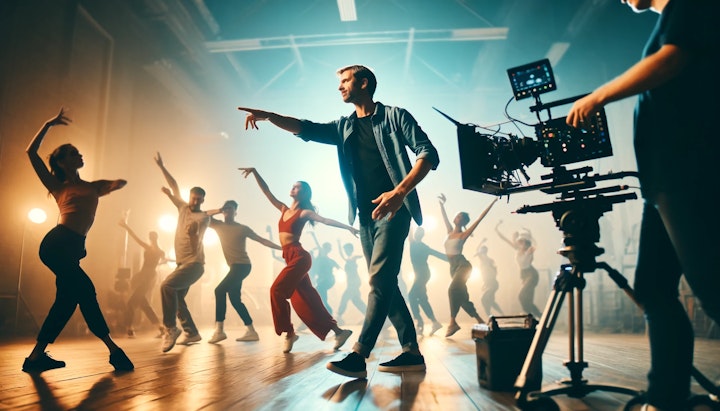Top Techniques for Directing Dance Films
Directing dance films transcends conventional filmmaking; it requires an intuitive understanding of how to convey stories through movement. As a film director specializing in dance, mastering certain techniques can profoundly enhance the way dance sequences integrate into cinematic narratives. Here are essential techniques that enhance storytelling in dance films.
1. Understanding the Language of Dance
To direct a dance film effectively, one must understand the expressive capabilities of dance. This involves collaborating closely with choreographers to ensure the dance sequences visually align with the narrative’s emotional and thematic arcs. It's about translating the choreographer’s vision into a cinematic language that resonates with audiences.
2. Dynamic Camera Movements
Embracing the camera as an active participant in the dance is crucial. Employing dynamic movements like tracking shots or Steadicam can mimic the dancers' movements, creating a more engaging and immersive viewing experience. This technique allows the audience to feel the energy and flow of the dance as if they were part of the performance.
3. Effective Use of Space
Choosing the right environment can amplify the impact of a dance sequence. The location should complement the choreography and add a deeper layer to the narrative. Whether it’s an open field that underscores freedom or a confined space that builds tension, the setting plays a critical role in the storytelling process.
4. Lighting Design
Lighting sets the mood and directs the viewer’s focus during dance sequences. Collaborating with a lighting director to craft designs that match the dance’s rhythm can dramatically enhance the visual and emotional impact of the performance. Subtle changes in lighting can signify shifts in tone or emotion, enriching the viewer’s experience.
5. Editing to Enhance Rhythm
The editing rhythm should be in harmony with the dance’s rhythm. Strategic cuts and transitions should correspond to significant moments in the choreography, reinforcing the dance's emotional weight. Effective editing ensures that the energy and narrative flow of the dance are maintained throughout the film.
6. Narrative Integration
Dance sequences should be seamlessly woven into the narrative, serving to advance the plot or develop the characters. Each movement should contribute to the story, revealing insights into the characters’ journeys or the central themes. This integration ensures that the dance sequences feel essential, not just aesthetic additions.
7. Feedback and Workshops
Holding workshops and feedback sessions with dancers and production teams can significantly enhance the integration of dance and cinematic elements. These collaborative sessions help refine both choreography and film techniques, ensuring the final product is cohesive and impactful.
Conclusion
Directing a dance film involves a delicate balance of choreographic and cinematic expertise. By applying these techniques, directors can create dance films that are not just visually striking but also rich in narrative depth. The magic of dance films lies in their ability to tell stories through the universal language of movement, captivating and moving audiences in unique and memorable ways.
